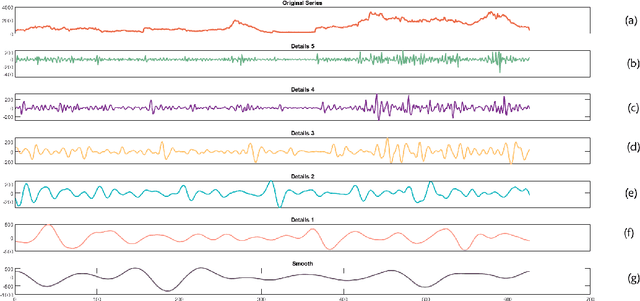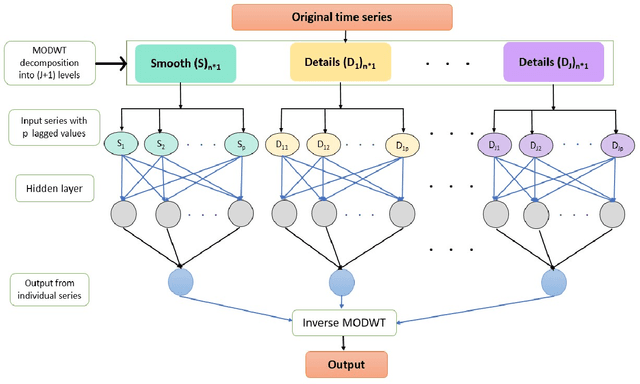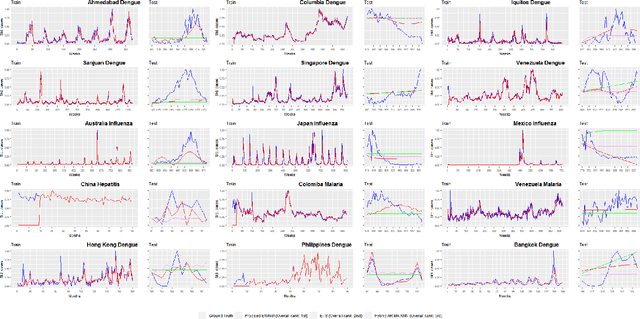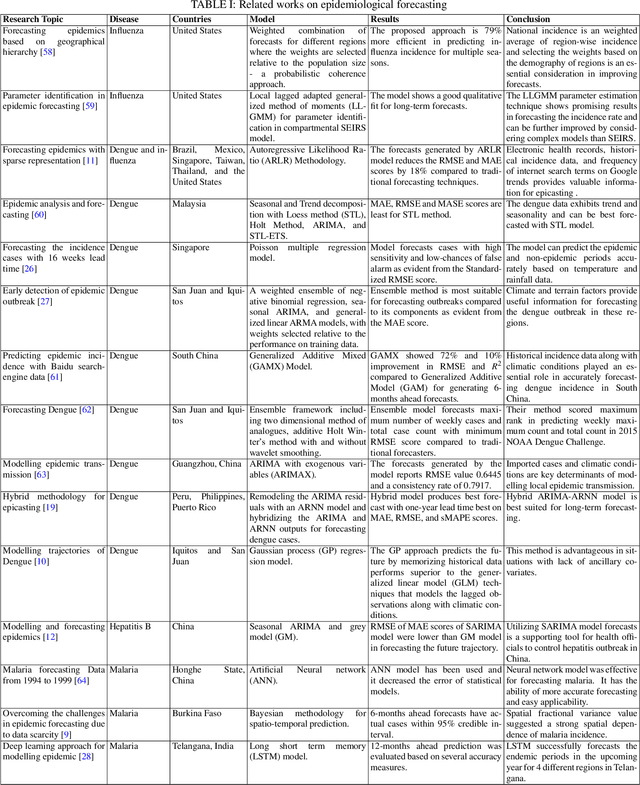Epicasting: An Ensemble Wavelet Neural Network (EWNet) for Forecasting Epidemics
Paper and Code
Jun 21, 2022



Infectious diseases remain among the top contributors to human illness and death worldwide, among which many diseases produce epidemic waves of infection. The unavailability of specific drugs and ready-to-use vaccines to prevent most of these epidemics makes the situation worse. These force public health officials, health care providers, and policymakers to rely on early warning systems generated by reliable and accurate forecasts of epidemics. Accurate forecasts of epidemics can assist stakeholders in tailoring countermeasures, such as vaccination campaigns, staff scheduling, and resource allocation, to the situation at hand, which could translate to reductions in the impact of a disease. Unfortunately, most of these past epidemics (e.g., dengue, malaria, hepatitis, influenza, and most recent, Covid-19) exhibit nonlinear and non-stationary characteristics due to their spreading fluctuations based on seasonal-dependent variability and the nature of these epidemics. We analyze a wide variety of epidemic time series datasets using a maximal overlap discrete wavelet transform (MODWT) based autoregressive neural network and call it EWNet. MODWT techniques effectively characterize non-stationary behavior and seasonal dependencies in the epidemic time series and improve the forecasting scheme of the autoregressive neural network in the proposed ensemble wavelet network framework. From a nonlinear time series viewpoint, we explore the asymptotic stationarity of the proposed EWNet model to show the asymptotic behavior of the associated Markov Chain. We also theoretically investigate the effect of learning stability and the choice of hidden neurons in the proposed EWNet model. From a practical perspective, we compare our proposed EWNet framework with several statistical, machine learning, and deep learning models that have been previously used for epidemic forecasting.
 Add to Chrome
Add to Chrome Add to Firefox
Add to Firefox Add to Edge
Add to Edge